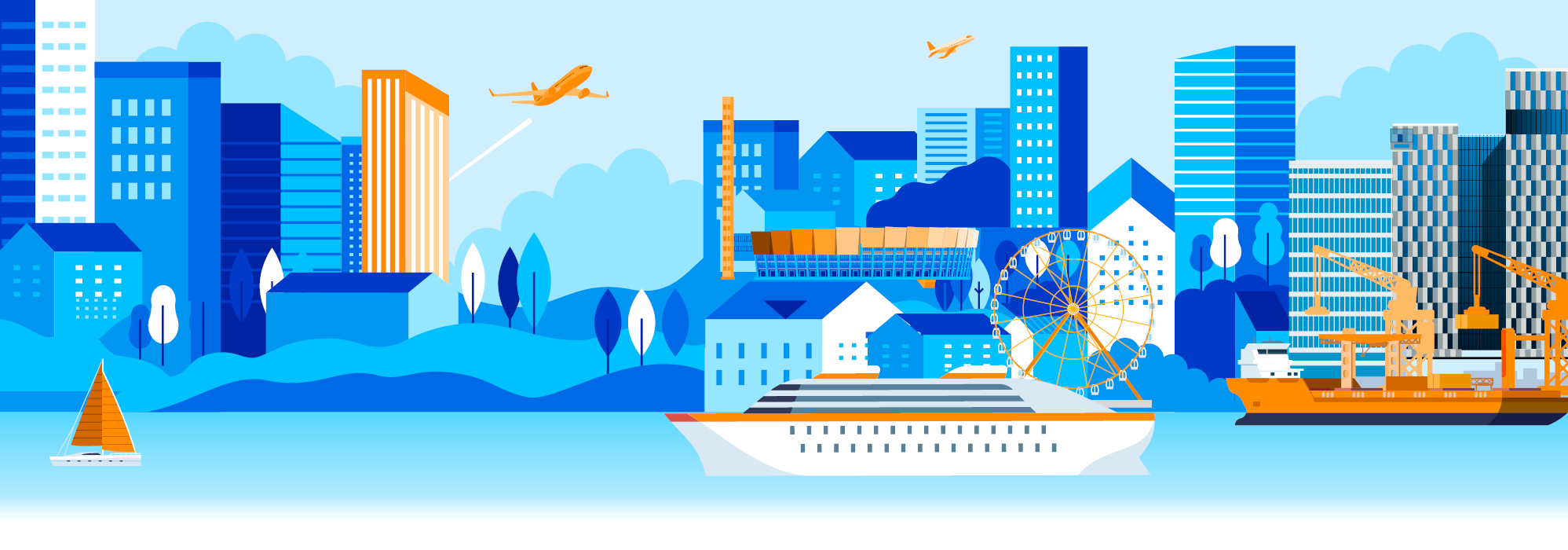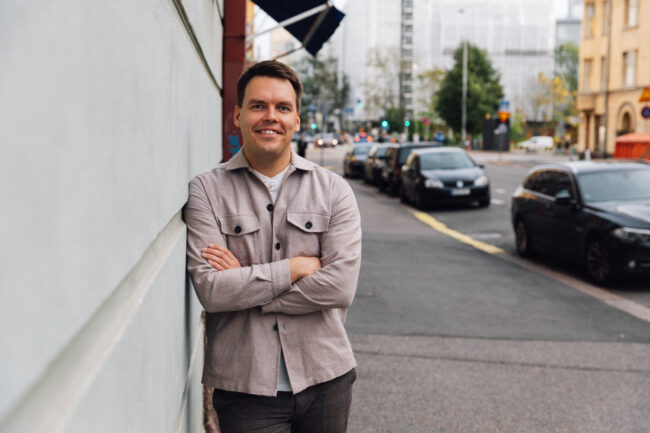The vitality and accessibility of Helsinki’s city center are widely discussed topics. Everyone seems to agree that changes are needed, and getting into the city center should be easier. Likewise, moving within the center should be more convenient.
Instead of banning combustion engines and penalizing drivers, a cooperative approach among all modes of transport is necessary. But what would this look like in practice?
Bans are a blunt tool and should be reserved for situations where reasonable exceptions don’t exist. When it comes to driving, however, this is not the case. It’s easy to think of situations where using a car is justified: moving house, assisting the elderly or disabled, transporting large items, hospital trips, and so on. Above all, people’s circumstances and needs vary—figuring out every exception would be extremely challenging.
Even more difficult would be limiting car use based on the type of engine. At the same time, encouraging the use of electric cars by improving charging infrastructure would be a more effective means of promoting cleaner transportation than outright banning combustion engines.
An even better approach would be to introduce a ”zero-fare zone” for public transport in the heart of Helsinki.
An even better approach would be to introduce a ”zero-fare zone” for public transport in the heart of Helsinki. A similar concept has long been in place in Melbourne, Australia, where tram rides within the commercial and cultural center are free for all. Melbourne is internationally renowned for its vibrant food culture and lively atmosphere.
Helsinki could implement a similar zero zone, for example, extending from Etu-Töölö to Punavuori and Kruununhaka, where all public transport rides would be free for users, while travel to and from the zone would become more affordable respectively.
What would be the benefits of such a zone? A zero-fare zone would make visiting Helsinki’s city center more convenient, allowing for easier movement from store to café—even with larger bags. Additionally, it would remove the barrier for families who drive, making it more appealing to park outside the city center without incurring additional tram fare costs.
Combined with smart urban planning, a zero-fare zone would make the city center an even more pleasant place to spend time, run errands, and relax.
Combined with smart urban planning, a zero-fare zone would make the city center an even more pleasant place to spend time, run errands, and relax. It would also be a unique solution on an international scale—beneficial for both residents and tourists alike.
Such a zone could significantly reduce traffic volumes and the demand for parking spaces, freeing up space for those who genuinely need a car—such as disabled transport and work-related driving. Enhancing public transport accessibility wouldn’t just serve tram and bus users; it would also benefit drivers by reducing time spent in traffic and searching for parking spots.
Would such a pricing model be fair? I believe so. In a small, densely trafficked area, the additional cost of short trips is minimal. Traveling just a stop or two doesn’t generate significant costs, nor does it require new infrastructure. At the same time, a zero-fare zone could introduce new users to public transport and encourage walking part of the journey to or from the zone’s edge.
Of course, transportation alone won’t take Helsinki to the next level—it also requires entrepreneurial freedom, great parks, and well-functioning services that attract people to the city center. However, smooth transportation is a key step toward a more vibrant city center—one that is easily accessible in various ways.





